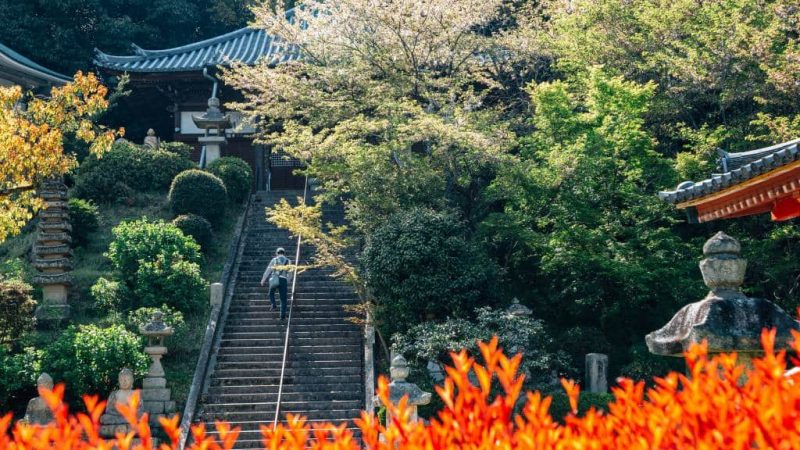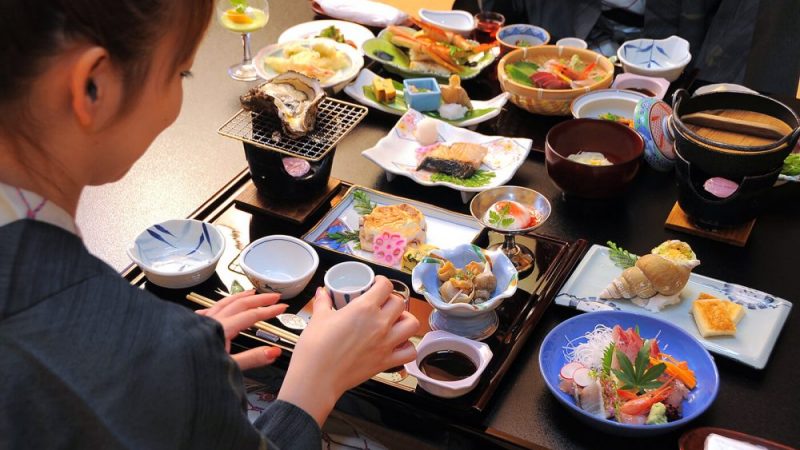Experiencing Indigenous Cultures and Ancient Rituals in Remote Regions
In the far reaches of the world, beyond bustling cities and tourist hotspots, lie remote regions where ancient traditions and indigenous cultures have thrived for centuries. These are the places where time seems to stand still, where communities continue to live in harmony with nature and honor the traditions passed down through generations. For travelers seeking authentic and immersive cultural experiences, these remote regions offer a glimpse into a world that is both ancient and enduring, where customs and rituals have remained unchanged for centuries.
One such destination is the highlands of Peru, home to indigenous communities that have preserved their traditions and way of life for millennia. In villages like Chinchero and Pisac, nestled amidst the rugged peaks of the Andes Mountains, travelers can immerse themselves in the rich cultural heritage of the Quechua people. Here, traditional practices such as weaving, farming, and llama herding are still integral to daily life, providing a window into a way of life that has remained largely unchanged for centuries.
In the remote villages of Papua New Guinea, tribal cultures flourish amidst the dense rainforests and mist-shrouded mountains. Here, indigenous tribes such as the Huli Wigmen and the Asaro Mudmen continue to practice ancient rituals and ceremonies that date back thousands of years. From elaborate initiation rites to colorful sing-sing festivals, these traditions offer a glimpse into a world that is both mysterious and enchanting, where myth and reality blur and the spirits of ancestors are ever-present.
Far to the north, in the Arctic Circle, the indigenous peoples of the Saami, Inuit, and First Nations communities continue to maintain their traditional way of life despite the encroachment of modernity. In places like Lapland, Greenland, and Nunavut, travelers can experience firsthand the unique cultures and customs of these resilient peoples. From reindeer herding and ice fishing to dog sledding and traditional storytelling, the indigenous peoples of the Arctic offer visitors a chance to connect with nature and learn from ancient wisdom passed down through generations.
In the heart of the Australian Outback, Aboriginal communities preserve their cultural heritage through art, music, and storytelling. In places like Uluru-Kata Tjuta National Park and Kakadu National Park, travelers can learn about the Dreamtime stories that are central to Aboriginal spirituality and gain insight into the connection between land, people, and spirit. Through guided tours, cultural performances, and interactions with local elders, visitors can deepen their understanding of Aboriginal culture and gain a newfound appreciation for the ancient traditions that continue to shape Australia’s identity.
In the remote highlands of Ethiopia, the ancient traditions of the Omo Valley tribes have captivated travelers for generations. Here, isolated communities such as the Hamar, Mursi, and Karo cling to their traditional way of life, practicing age-old customs such as body painting, scarification, and bull jumping ceremonies. For travelers willing to venture off the beaten path, the Omo Valley offers a rare opportunity to witness a living museum of human culture, where traditions that have endured for centuries are still celebrated with passion and pride.
In the Himalayan kingdom of Bhutan, the ancient traditions of Buddhism are woven into the fabric of everyday life, shaping everything from architecture and art to social customs and religious festivals. In remote monasteries and rural villages, travelers can experience the timeless rituals of Bhutanese culture, from colorful masked dances to elaborate temple ceremonies. Through guided tours and cultural homestays, visitors can gain insight into the spiritual practices that have sustained Bhutanese society for centuries and discover the profound wisdom of the Buddhist teachings.
Experiencing indigenous cultures and ancient traditions in remote regions offers travelers a unique opportunity to connect with the rich tapestry of human history and culture. From the highlands of Peru to the rainforests of Papua New Guinea, from the Arctic tundra to the Australian Outback, remote regions around the world are home to communities that have preserved their cultural heritage through centuries of change. By immersing ourselves in these ancient traditions and learning from the wisdom of indigenous peoples, we can gain a deeper appreciation for the diversity of human experience and the interconnectedness of all life on Earth. So next time you’re planning a trip, consider venturing off the beaten path and experiencing the living traditions of remote regions – you may just discover a world of wonder and wisdom that will stay with you long after you return home.


